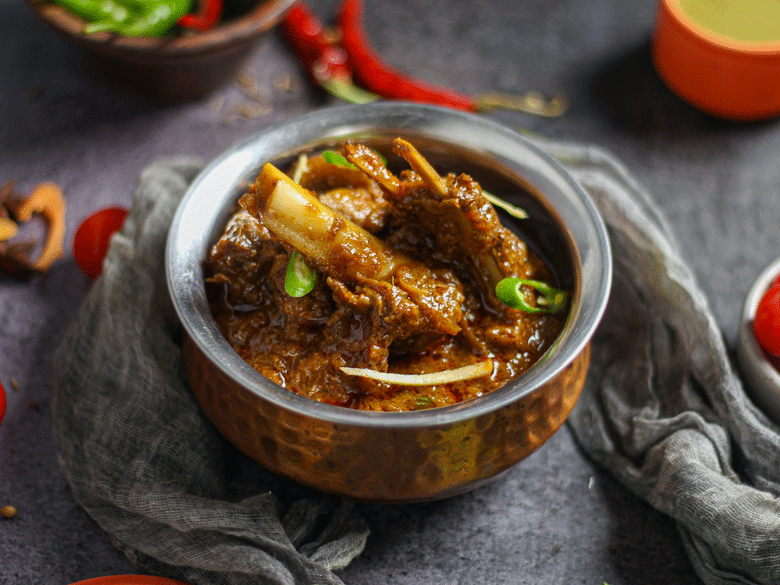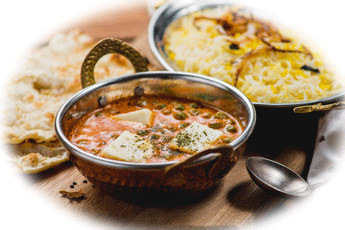
Most curries share a basic theme. If you get the basics right, you are onto a winner. Just follow each step in this guide to making a basic lamb curry, and you will soon become a pro. Results will compare and even outdo curries you normally buy from a curry house. The quantities are based on about a kilogram of lamb or lamb shanks. If you want to make more, simply pro-rata the ingredients, and you will be good to go.
Now let's make curry!
- Cut the meat into bite-sized pieces. If possible, use a cut with some bone in it. This adds to the flavour. If using lamb shanks keep the sahnks whole
- Peel and finely slice two medium-sized onions,
- Heat three tablespoons of vegetable oil and two tablespoons of ghee ( optional) in a skillet.

- Add the onions.
- When the onions start to change colour, add one bell pepper with its pith and seeds removed and sliced into 10 mm strips. Also, add three chopped green chillies.
- Cook until the peppers begin to soften
- Now add two to three tablespoons of garlic/ginger paste and three bay leaves.
- Stir for a minute, then add 4 tablespoons of Madras curry powder and 1/2 tablespoon of Chilli powder.
- Allow the spices to cook through (release their essential oils). You may want to add a bit more oil at this stage.
- Add the lamb and coat with the spices. Cook until starting to brown.
- Add two cans of tinned tomatoes. Stir well
- Add half a cup of water. Cover with a lid and turn down the heat to very low.
- Cook until the lamb is tender. You will see that a layer of red oil will rise to the top, indicating that the curry is done.
- Add a handful of chopped coriander. Stir in.
- Serve with white rice, naans (or rotis) and chutney.
Other recipes for curries with lamb on this site are Lamb Vindaloo, Lamb Vepadu and Durban curry from South Africa. This recipe can also be used as a base for other curries, like Chicken or Paneer ( Cheese curry). In the case of the Cheese curry, however, the browning stage should be left out. The paneer must be added to the pot once the tomatoes have reduced. Once the cheese has warmed through, serve
